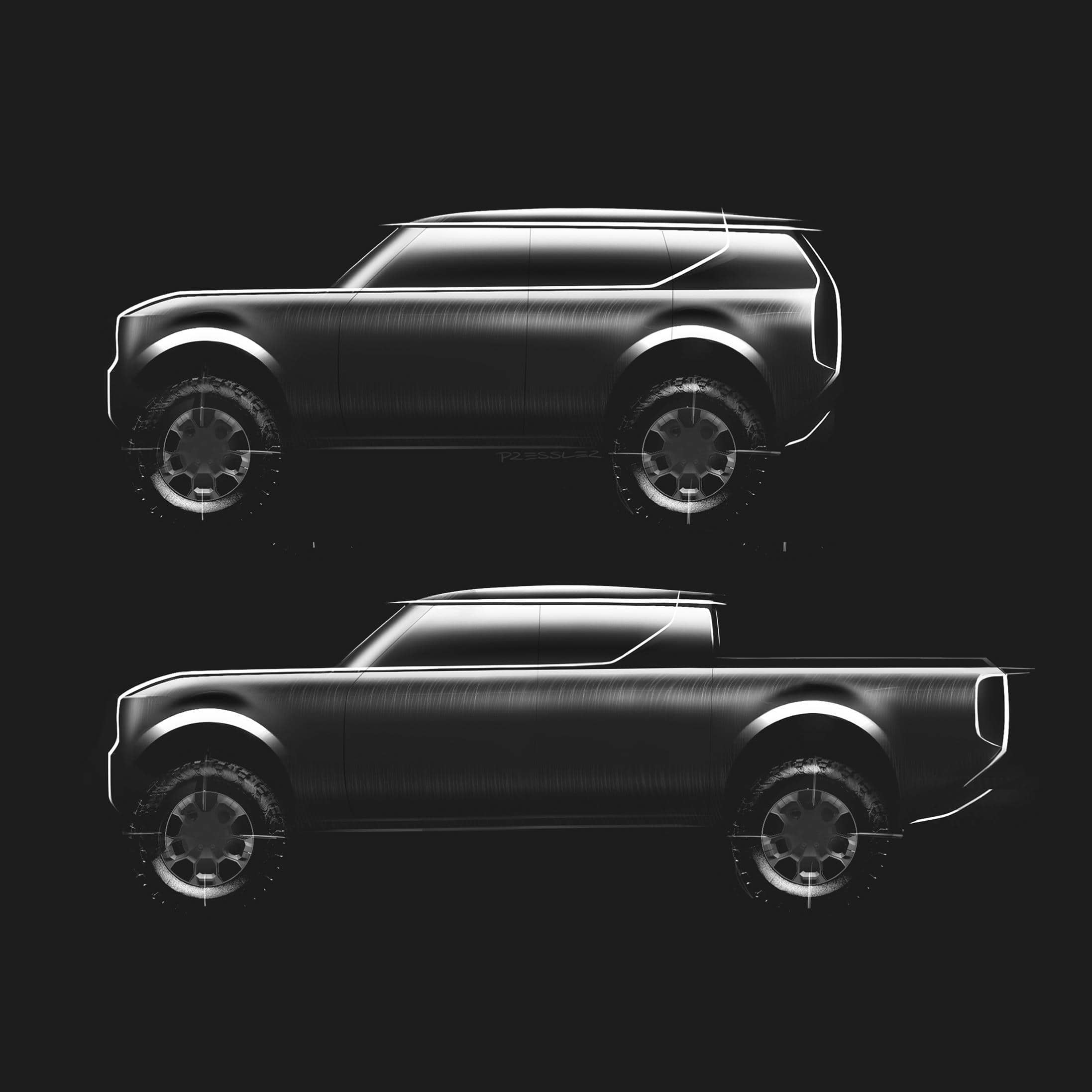Customer Logins
Obtain the data you need to make the most informed decisions by accessing our extensive portfolio of information, analytics, and expertise. Sign in to the product or service center of your choice.
Customer LoginsWhy VW needs Scout
When the news broke in May 2022 that VW Group would launch an entirely new brand in North America to make electric SUVs and pickup trucks, the reaction was mostly startled surprise. That it would be called Scout only added to the shock. (VW acquired the rights to the much-loved Scout name with its 2020 acquisition of Navistar International.)
The new Scout Motors Inc. unit may be VW's most ambitious plan for US expansion in some time. But Dave Mondragon, managing director and VP of automotive incentive and pricing solutions for S&P Global Mobility, immediately knew why the automaker was doing it—and the benefits and risks accompanying such a move.
Mondragon has worked in the auto industry for almost 40 years. He spent most of that with Ford, rising from an administrative job at an assembly plant to president and CEO of Ford of Canada. He then had senior leadership roles in marketing and sales for Ford and Lincoln in the US until 2017, when he joined S&P Global Mobility precursor IHS Markit.
What follows is a condensation of a lengthy interview with Dave.
Why is VW taking this expensive and unexpected step of launching a new brand?
The story isn't just about the Scout; it's about a larger sandbox for VW to play in. We see three things: First, attract new customers to your brand who wouldn't have shopped the brand before. Dealers like that. Second, it's about retaining customers already in your fold—but may migrate out because you don't have these types of vehicles. And the third opportunity is about the pricing power of these vehicles—and not just the trucks themselves but also the accessories. There's also the regulatory impact of selling more EVs as emission standards get tougher and tougher through the decade.
OK, talk about attracting new customers to VW Group.
VW won't cannibalize its other lines because they don't compete in the truck space. So, if they can add 50,000 or 75,000, or 100,000 total units, what does it do for their market share? It brings them new customers, shoppers who would never have set foot in a VW showroom the way they would have in a Jeep or Bronco, or Hummer store. We know that because we have data that shows where those customers come from - how many are loyalists to the brand and how many are conquests who are new to the brand and where they come from.
Today, many of their customers are looking at brands like Ford, with the Bronco (two-door and four-door), the (compact) Bronco Sport, and possibly more variations down the road. Based on the brand's success, they will continue to populate vehicles in that space. They're getting more market share and more vehicles in a segment with a lot of appeal. Jeep did the same, starting a few decades ago.
Do the math; retaining 50 percent of new customers to your brand is a tremendous opportunity for OEMs like VW and their dealers to expand their revenue, customer footprint, and valuation.
Eventually, maybe VW will evolve the Scout brand to separate showrooms—if so, what does that do to the value for its dealers? Is it like adding a second franchise? When you look at the value of a franchise for a dealer, you look at the vehicle lines they have. If an automaker brings another three vehicles to market in these growth segments, the franchise's value exponentially increases. It's like buying two different dealerships in one. If you look at future populations of new vehicles in the market, the dealership's value could be worth much more than today with a new fleet of Scout SUVs in the lineup.
And customer retention? Especially since VW Group has Audi to migrate to?
At S&P Global Mobility, we have an excellent view of every brand's future product. We know if it's EV or gas, SUV, or pickup. We see many customers buying Jeeps or Broncos that would have migrated away if they didn't have these vehicles.
So, for VW, Scout represents an opportunity to improve loyalty and retention by having these new vehicles because they will satisfy customers' needs more broadly beyond their current lineup. And if you lose those customers, there's a high probability they will become loyalists for a new brand—and you'll never see them again. But, on the other hand, if they've had a good experience, they have no reason to leave. Then they'll cross-shop other vehicle lines within the brand or dealership, and over time, many will move up to their premium brand, Audi.
You talked about pricing power, especially in accessories. Explain?
All our data show that light-duty trucks (SUVs, pickups, especially 4x4s) transact at higher prices than passenger cars. Customers like them; OEMs like the higher prices they bring. That's why we see cars ebbing and trucks & SUVs dominating. And off-road-capable trucks often have rich margins even before buyers start to customize them.
Then there are the accessories. If the OEM manufactures and sells those parts, the margin—especially in this off-road space—could be 50 percent or more. I bet some of those automakers are adding as much as $10,000 worth of accessories to their average selling price and making a healthy profit on that.
And the dealer's getting his share too. Dealers love off-road vehicles—because the buyers are passionate about them. And they are willing to spend more on personalization; to the buyer, this amplifies the experience; to the dealer, it rings the cash register.

This article was published by S&P Global Mobility and not by S&P Global Ratings, which is a separately managed division of S&P Global.
